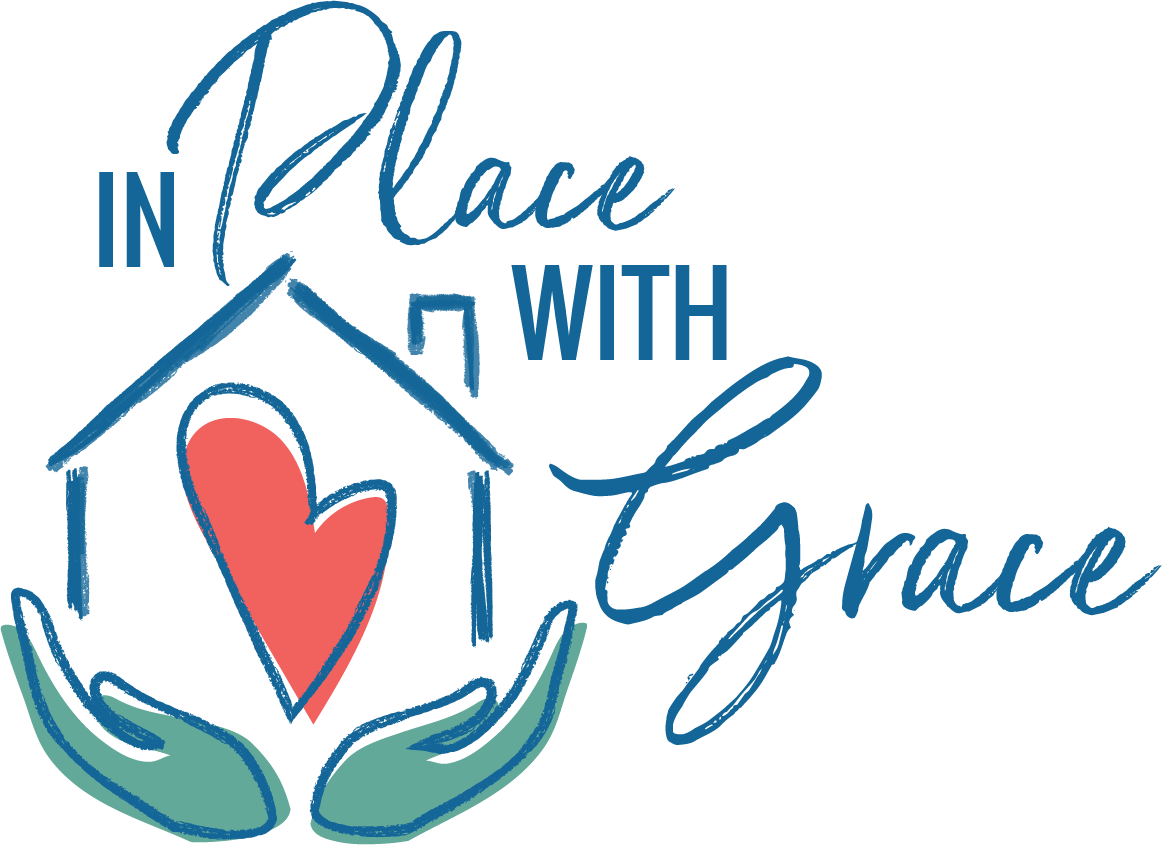
By Holly Kennedy, PT, CAPS, ECHM
The Environment is the Problem, Not the People: Many homes have features and barriers that make them more difficult to use. For example, more than ¼ of all U.S. homes are multi-story and lack a bedroom and full bathroom on the first floor. About 1/3 of homes with an adult 65+ have at least one person who has difficulty using some element of the home (e.g. climbing stairs, using bathtub). Only 10% of all homes are “aging ready” with a step-free entry, accessible features in the bathroom and a bedroom with a full bathroom on the first floor. Home modifications are changes to the home to make daily activities easier and safer for everyone. These changes can help people to stay in their homes and communities as they age and after a significant injury/illness that results in a disability. By utilizing Universal Design features, changes can make the home easy to use for all ages and abilities and can be designed with beauty and appearance in mind.
Changing the environment can:
- make daily activities easier
- reduce accidents and falls
- support independent living
- reduce strain on caregivers
- enhance personal dignity
- protect your financial assets
- increase visit-ability
- enhance the value of your home
Examples of Helpful Home Modifications:
- Upgrading a tub shower into a walk-in shower
- Adding supports such as grab bars or plywood backing for future needs
- Widening doors
- Changing flooring to a non-slip, zero threshold continuous surface
- Utilizing lever style faucets and doorknobs that are easier to use
- Changing how spaces are used
- Getting the right height toilet

Take Action: Most people know they will need to make some changes to their homes if they lose some of ability to get around due to aging or an injury. Unfortunately, it is all too easy to put it off for another day and fail to address them until we are forced to. Preparing your home today, sets you up to have more choices in the future. Sometimes life can throw us an unexpected injury, illness, or surgery. That is not the time that you will want to be managing a home modification project. Trying to get a loved one home from the hospital while frantically calling contractors to widen doors and remove tubs adds more stress to an already stressful time. Planning ahead and preparing a home that everyone can use at every stage of life will bring peace of mind and more comfortable choices down the road. It’s difficult to know and prioritize what the right changes are for your home. Having a physical or occupational therapist perform a home assessment can provide a road map of recommendations that will result in the function and safety you need and ensure that important details are not overlooked. Most changes can be done in stages over time to spread out the expense and maintain your budget. Being proactive also provides ample time to find a reputable contractor and even utilize an interior designer to ensure a beautiful outcome that incorporates all the recommendations for functional needs. Having time to shop around and take advantage of product sales, can also save money.
The Cost of Procrastination: Having the option to stay in your home can protect your financial savings as well. The graph below lists annual costs associated with needing to move into assisted living and nursing home environments. Sometimes this is a necessary step but some of these costs below can be reduced and even eliminated if the home enables a person to stay safe and independent in it. Having a home that is easier to use also reduces strain on care givers and adds dignity and more independence for those in need. Besides, most people prefer to stay in their home as compared to moving into an institutional environment. As you can see, you can invest a considerable amount into home modifications for the amount it would cost to stay just a few months in an assisted living facility. These improvements stay with your home for you to enjoy for years to come in addition to adding value to your home. Don’t wait until you are in a crisis, start enjoying a home that is safer and easier to use today!

What’s Next?: Remember, it’s the environment that is the problem, not the people. By removing barriers and hard to use features, you create a home that sets you up for success. In the next few blogs, we will be sharing more about the importance of and what to expect in a home assessment and provide you with various funding sources for home modifications. Sign up to receive our monthly blog so you don’t miss any of the important information you will need to achieve the goal of creating your “forever home”.
References: U.S. Census Bureau, 2020 (Data from American Housing Survey, 2011
MetLife 2011 Market Survey of Long Term Care Costs. https://www.metlife.com/content/dam/metlifecom/us/homepage/ltc/resources/LTC_Resources.pdf
